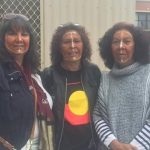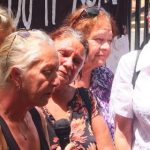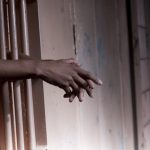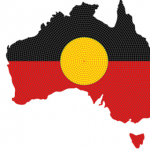Open Adoption of Indigenous Children: Another Stolen Generation?
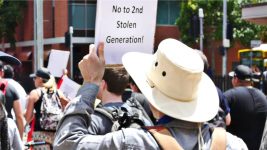
Horrifying statistics paint a bleak picture of the reality for many thousands of Aussie kids.
One in 32 children now receive some sort of child protection services, rising to one in ten in the Northern Territory. Indigenous children are at the most risk. And there’s no excuse. For far too long the Australian authorities, and many Australians too, have turned a blind eye to the fate of these children.
In a controversial move, Assistant Minister for Children and Families Dr David Gillespie, has called for a reinvention of the system that requires Aboriginal children to be placed with relatives or other indigenous families on cultural grounds.
Since the 1997 inquiry into stolen generations, Australian jurisdictions have prioritised placement of Indigenous children with Indigenous carers, but it is not mandatory. The national rate of rehomed Indigenous children that are placed with relatives, kin, or Indigenous carers is 68%, according to figures from the Australian Institute of Health and Welfare, except in the NT and Tasmania where most were placed with non-Indigenous carers.
For many indigenous children, particularly those living in isolated outback areas, access to welfare services and their options for foster or permanent care are limited, and they frequently remain stuck in cycles of poverty, trauma, alcohol and drug abuse and social deprivation.
Suicides at an all-time high
Aboriginal and Torres Strait Islander youth account for 30 percent of the suicide deaths amongst people under the age of 18, while Indigenous people constitute less than 3 percent of the overall population. Indigenous youths between the ages of 15 and 24 are five times more likely to take their own lives, than their non-Indigenous peers.
These are alarming statistics, as are figures released about the ‘epidemic’ of STDs in indigenous children. In its final report, the Northern Territory Royal Commission revealed that in the 10 years to 2016, the number of known cases of some sexually transmitted diseases increased by 180% amongst Indigenous children.
Of more than 230 substantiated cases of child sexual abuse in the NT in 2015/16, just five victims were taken into care. A heavy back log and a broken system bear much of the responsibility, but it was the alleged rape of a toddler in Tennant Creek that really made the public sit up and take notice.
But the problem is not just restricted to the Northern Territory. The rates are also high in Queensland. Publicity surrounding the suicide of a ten-year old girl in the Western Kimberley Region in WA in March 2016 led to revelations of 19 other suicides in the previous three months in the same region, which in turn triggered a state inquest into the deaths.
Another Stolen Generation?
The Minister for Children Services, David Gillespie, has suggested open adoption may be the answer, leading to criticism that this may lead to yet another Stolen Generation.
“The comments are irresponsible and really don’t have any insight into how we, as a top priority, keep the safety and wellbeing of Aboriginal children at heart”, says Tim Ireland, the chief executive of AbSec, the peak body for Aboriginal child protection in New South Wales.
Mr Ireland explains that Indigenous child-protection organisations oppose the adoption of Indigenous children by the broader population because it represents another means of destroying traditional families and culture.
“Adoption becomes a final matter and shouldn’t be a blanket approach applied to Aboriginal children across the country,” he asserts.
But not all Indigenous leaders agree. Former chair of Tony Abbott’s Indigenous Advisory Council, Warren Mundine, has spoken out in support of the concept of broad-based adoption, expressing the view that it’s “madness to link the idea of taking kids out of dangerous situations to the Stolen Generation’’.
“I’m a supporter of adoption. [Kids] can still learn about their culture and language, but they will get an education and the normality of seeing their adoptive parents going to work. They’re not being taken away because they’re Aboriginal. They’re being taken away because they’re being abused.”
A broken system
Under the current system, a matter will go to the Family Court once a child is removed from parental care.
Representatives will then need to prove that the child is not safe in the home, or provide evidence of consent from the parents to remove the child.
If the court decides the child should be cared for by someone else for a period of time, the child will be place in the care of a relative, a friend, a foster carer, residential care or independent living arrangements will be made.
Frequently, the alternative living arrangements can be adhoc, failing to give children the enduring stability they need to get on with normal life. Sometimes, in the words of David Gillespie, ‘children are recycled back into harm.’ Children are nevertheless unable to legally return to their parents without a court order.
The Minister for Children says that open adoption, which lets the parents know where the children are, but which he claims offers a permanent, caring environment in which to grow up – offers a workable solution for all Australian children.
Adoption advocates welcome any hint of change, as current barriers including everything from endless red tape to attitudes towards adoption, despite many loving parents willing to make a permanent commitment.


